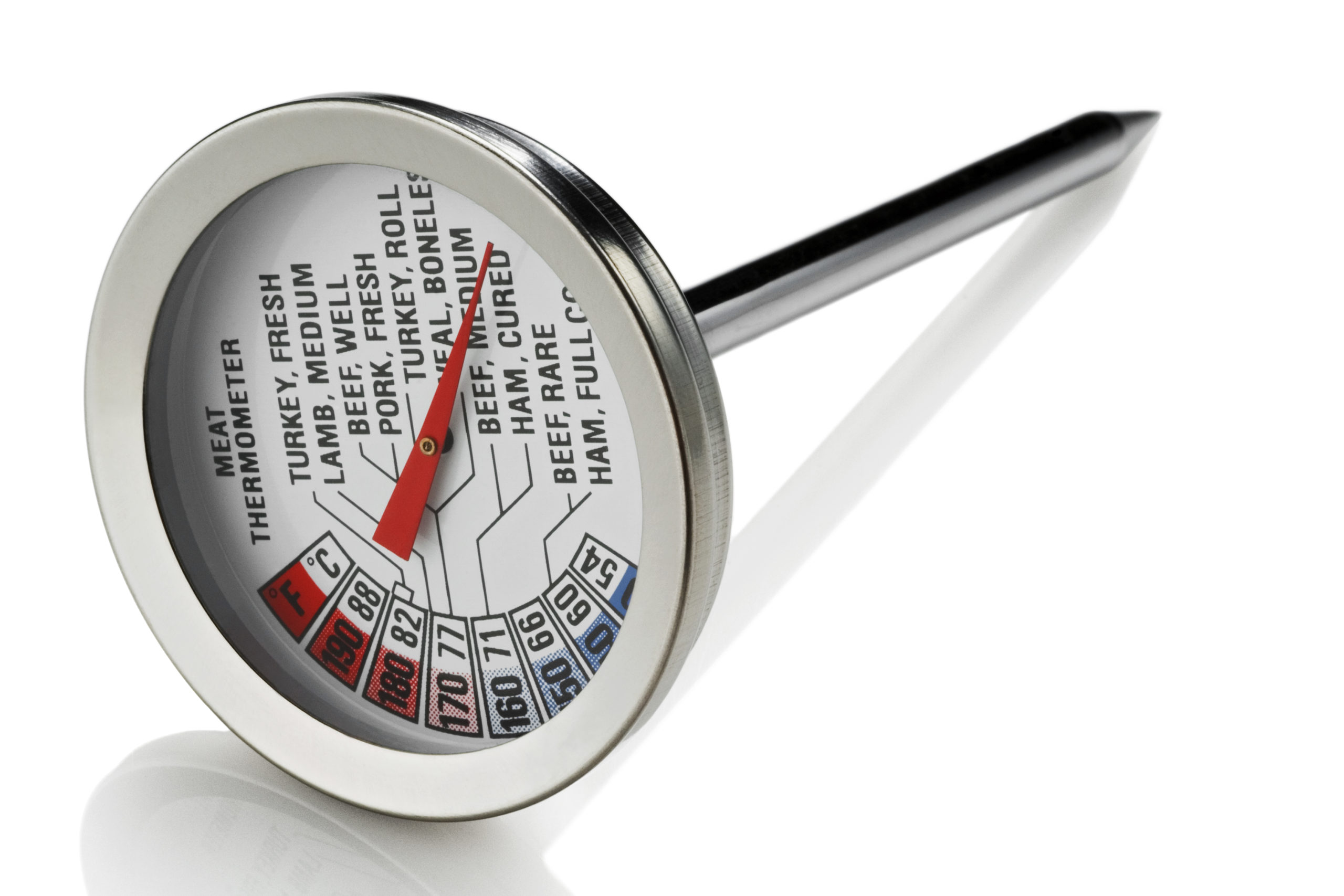When temperatures reach their peak in the summertime, it’s usually synonymous with more backyard barbecues, dips in the pool and weekend road trips, but there’s something else you may encounter this season: heat-induced health dilemmas. Bug bites, dehydration, summer colds and heat exhaustion are all regular occurrences you’re probably familiar with, but did you know that food poisoning runs rampant in warmer weather?
According to the American Osteopathic Association, each year, about 1 in 6 Americans will develop symptoms of
a foodborne illness. The biggest super spreaders? Summertime picnics and outdoor cookouts. Whether it’s produce or protein, the high temperatures increase the rate at which bacteria like salmonella, E. coli, listeria and other strains can grow on unrefrigerated, perishable foods like raw meat, raw seafood and vegetables, along with the utensils and surfaces they touch
(i.e. cross contamination!).
The U.S. Department of Agriculture (USDA) has named any temperature between 40 F and 140 F as in the “danger zone,” or the range in which food can quickly spoil. The department’s food safety education staff says any food “should not spend more than one hour in the danger zone when temperatures are above 90 F, and two hours when temperatures are below 90 F” (USDA, 2016).
So, how do you know if you might have food poisoning? Dr. Asit Mehta, a gastrointestinal specialist at Jamaica Hospital Medical Center in Queens,New York, identifies the following as indicators that you may have eaten a contaminated meal:
● Nausea
● Frequent diarrhea and/or vomiting
● Abdominal cramps
● Dizziness, excessive thirst, weak or no urination, dry mouth or other signs of dehydration
● Small fever
Unfortunately, food poisoning is one of those illnesses that just has to run its course, but there are a few things you can do to lessen its severity: Dr. Mehta suggests drinking plenty of fluids like water and clear broths, getting lots of rest and avoiding foods that contain dairy, alcohol, caffeine and high fat contents. Additionally, Dr. Mehta says if symptoms worsen or persist longer than a few days, it’s best to see your physician.
To keep you and your family safe during all your food-related gatherings this summer, here are the top three rules you should follow to lower your chance of exposure:
1. Always wash your produce, never wash your meat
Washing your fresh fruit and vegetables immediately upon arrival from the grocery store (yes, even the packaged
ones!) will help eliminate any lingering strains of common produce-loving bacteria like E. coli and norovirus. However, you should never rinse off meat, as multiple studies have found that it can increase the risk of cross contamination.
2. Clean hands, surfaces and utensils as you go.
Minimizing cross contamination means you must clean cutting boards,
knives, countertops and other kitchen tools that have touched one food before using it on the next one — especially if it’s raw meat or seafood — with hot soap and water.
3. Cook food at the right temperature
When cooking any cut of poultry or red meat, you should always be aware of the minimum temperatures that
determine doneness. The USDA recommends the following internal temperatures for meats: poultry at 165 F; ground meat at 160 F; and beef, pork, lamb and veal at 145 F.
Related Articles

